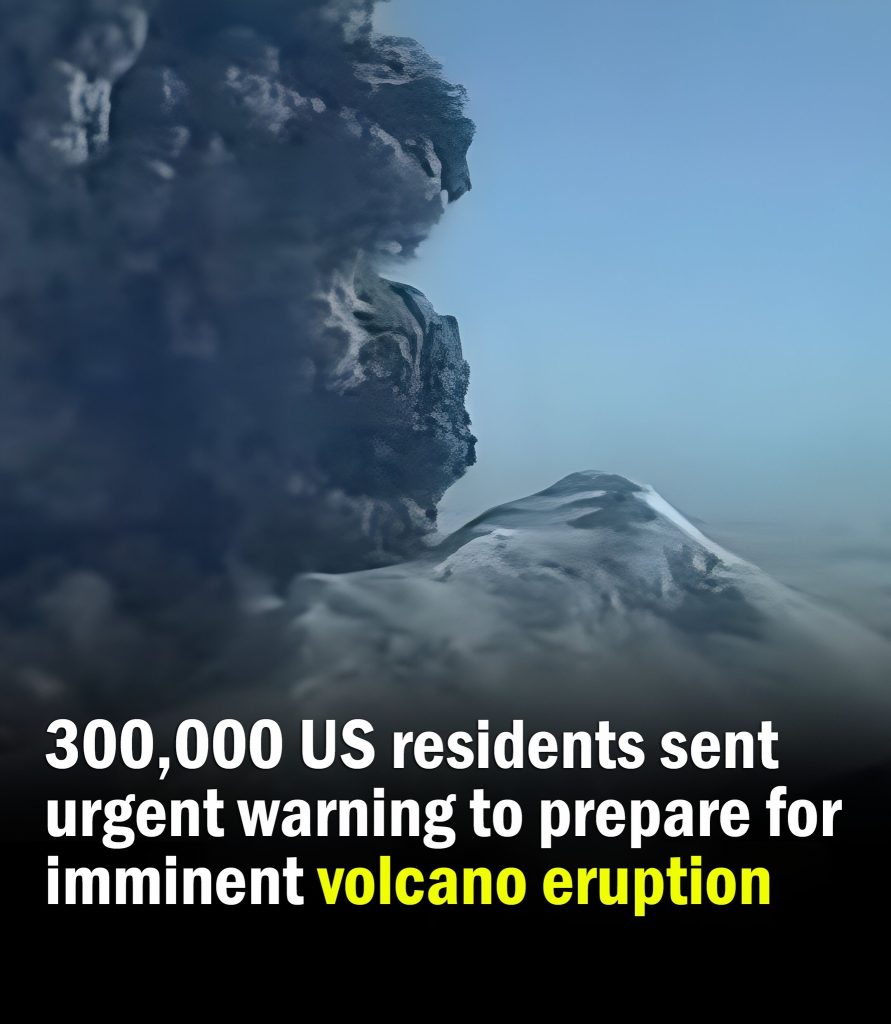
Mount Spurr, an 11,070-foot volcano in Alaska, has shown signs of activity after years of dormancy. The Alaska Volcano Observatory has recorded over 3,400 earthquakes beneath the mountain in a year, with more than 100 tremors each week between February and March. These earthquakes indicate rising magma beneath the surface.
This isn’t the first time Mount Spurr has caused concern; it erupted three times in 1992, sending ash over Anchorage and disrupting air travel. Now, Alaskans are preparing again by purchasing masks, goggles, and emergency kits, anxiously awaiting updates as they brace for potential eruptions.
A Surge of Earthquakes Sparks Concern
Mount Spurr has been active recently, with thousands of tremors recorded over the past year. These seismic activities suggest magma movement beneath the surface, which could lead to an eruption.
The quakes, varying in size and depth, indicate stress in the earth’s crust as magma rises. This pattern is similar to the one before the 1992 eruption.
While the volcano’s alert level remains moderate, monitoring has intensified. Seismometers are tracking ground motion, and satellites are observing changes in the volcano’s shape. Increased sulfur dioxide levels may also signal an impending eruption.

In 1992, Mount Spurr erupted, sending ash over 12 miles into the sky and disrupting flights while affecting Anchorage with ash fallout. The current seismic activity raises concerns that a similar eruption could occur.
For now, the region remains on high alert, with researchers conducting 24-hour monitoring, prepared to act if the situation escalates.
Health Risks Loom If Ashfall Returns
Volcanic ash is a serious health risk, especially for people with asthma or other respiratory issues. It irritates the lungs, eyes, throat, and nose, and can worsen breathing conditions. Experts suggest wearing N95 masks, eye protection, and sealing windows to limit exposure.
Besides health risks, ash can damage vehicles, clog engines, contaminate water, and reduce visibility, making driving dangerous. By preparing with air filters, masks, and staying indoors, residents can greatly reduce the negative effects of a potential eruption.
“Mount Spurr: Past Eruptions Predict Future Risks”
Mount Spurr’s past eruptions in 1953 and 1992 show the potential for future risks. In 1992, ash reached over 12 miles high, disrupting flights and affecting Anchorage. The volcano’s location near Cook Inlet means strong winds can carry ash to the city.
Scientists study past eruptions to predict future events. While the timing isn’t certain, the signs suggest another eruption could happen.
Communities Stay Alert While Experts Watch Closely
Alaskans are used to natural hazards like earthquakes and snowstorms, but when a volcano stirs, attention shifts. Emergency officials and scientists work together to provide updates and safety tips. Communities have response plans in place for an eruption.
The Alaska Volcano Observatory monitors Mount Spurr closely, using tools like gas detectors and satellite data to track any changes. While the atmosphere is cautious, residents remain calm, keeping an eye on the news while continuing daily activities.
As one local put it, “When the ground talks, we listen.”
The Calm Before the Eruption?
Mount Spurr remains quiet on the surface, but beneath it, seismic activity and signs of magma movement suggest an eruption is possible. While the timing is uncertain, the warning signs are clear.
Alaska is now better prepared, with locals staying vigilant and taking action. If Mount Spurr erupts, they won’t be caught off guard.
For now, the mountain stands quietly, but its restless heart below demands our attention.
